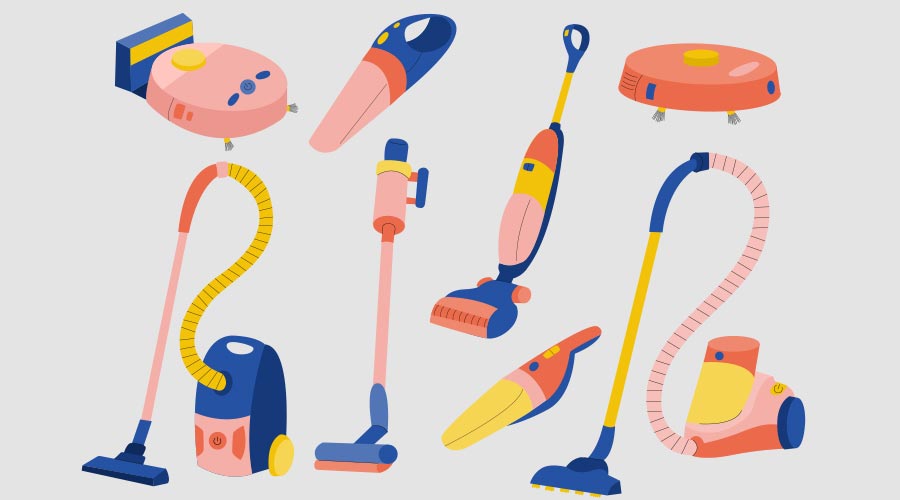
The global vacuum cleaner market size is estimated to grow $10.03 billion from 2024-2028 at a compound annual growth rate (CAGR) of 13.54 percent, according to research from Technavio. A growing number of smart cities is driving market growth, with a trend towards social factors driving adoption of robot vacuum cleaners in urban areas. However, threat from counterfeit products poses a challenge.
Market Drivers
Corded and cordless models cater to various residential and commercial sectors, while smart homes integrate automatic charging, voice commands, and digital voice assistants. Innovative robotic systems using IoT technologies and AI are gaining popularity. Manufacturers offer eco-friendly canister, robot, upright, handheld, bagless, and bagged models. Indoor air quality (IAQ) and e-commerce growth drive consumer demand. Advanced features, capacities, and power sources enhance cleaning efficiency and product innovation. Strategic alliances, health, and customer dynamics shape market trends. Safety, hygiene standards, and heavy-duty cleaning solutions address commercial environments. Specialized machines, suction mechanisms, and filtration systems ensure dust removal and address health concerns.
There is a growing demand for automated solutions, particularly vacuum cleaners. The tech-savvy population's preference for gadgets that simplify tasks is driving market growth. Developed countries, in particular, are showing a strong affinity towards advanced, easy-to-use vacuum cleaners. Vendors are responding by developing high-performance and durable models to meet consumer expectations.
Market Challenges
Key challenges include suction and dirt removal, corded vs cordless options, smart home integration with voice commands and automation, and the rise of robotic systems. Hygiene and cleanliness are top priorities, driving demand for eco-friendly and bagless vacuums. IoT technologies and online sales platforms are transforming the industry, with a focus on advanced features, capacities, and power sources. Hygiene standards, safety, and heavy-duty cleaning requirements are critical in commercial environments. Manufacturing considerations include environmental concerns, automation, and cleaning processes.
Counterfeit vacuum cleaners pose a significant challenge to established brands in the market due to their low production costs. Manufacturers of these replicas pay close attention to packaging, making it difficult for consumers to distinguish between authentic and fake products. The increasing trend of online shopping has further complicated matters, as it compromises the guarantee of product authenticity and quality. Consumers have reported the availability of counterfeit vacuum cleaners, particularly those manufactured in China. This has resulted in declining revenues for prominent vacuum cleaner vendors.
Read more on trends impacting the vacuum cleaner market here.

 The Down and Dirty on Cleaning in Virus Season
The Down and Dirty on Cleaning in Virus Season How Surfactant Use is Expanding in Commercial Cleaning
How Surfactant Use is Expanding in Commercial Cleaning